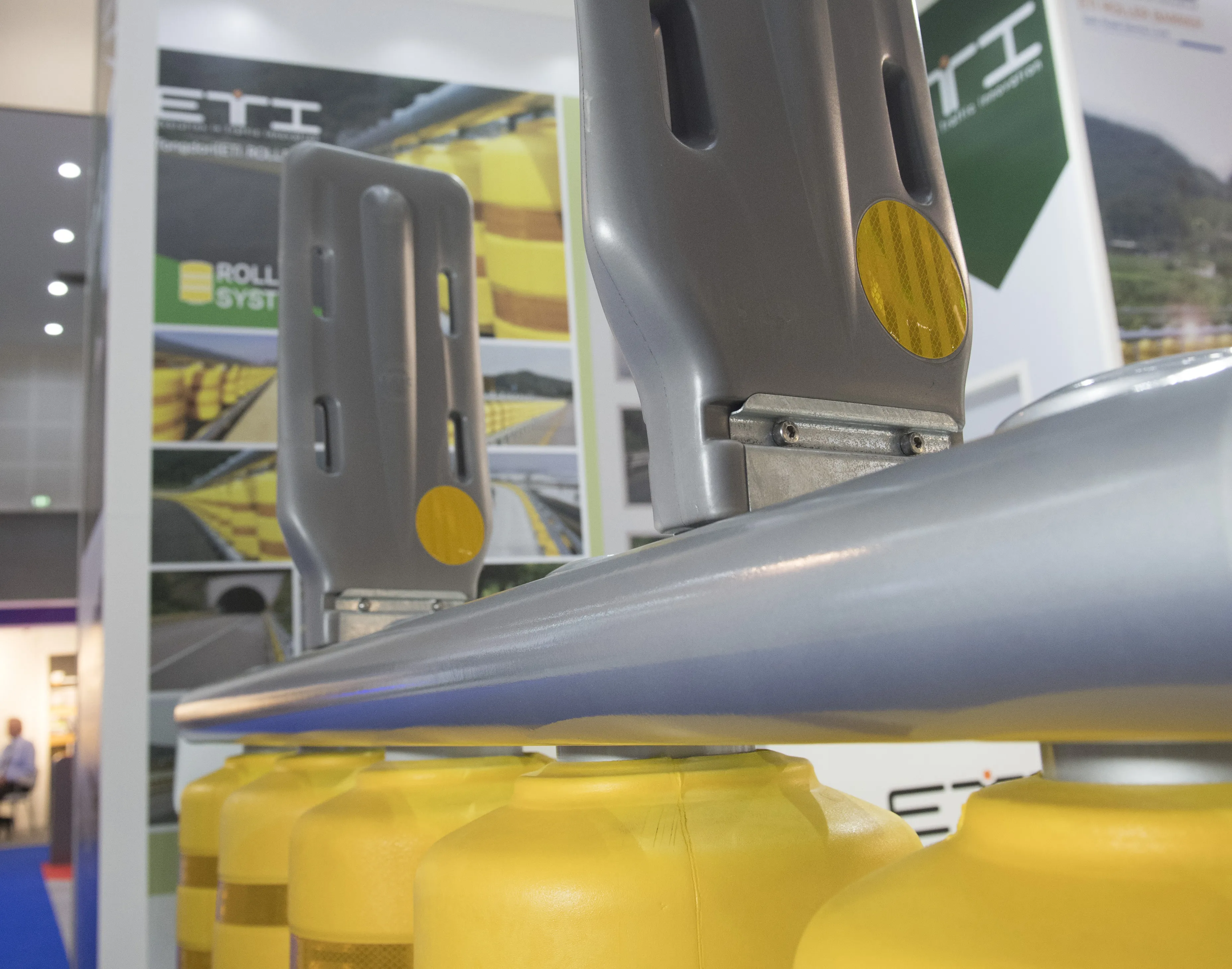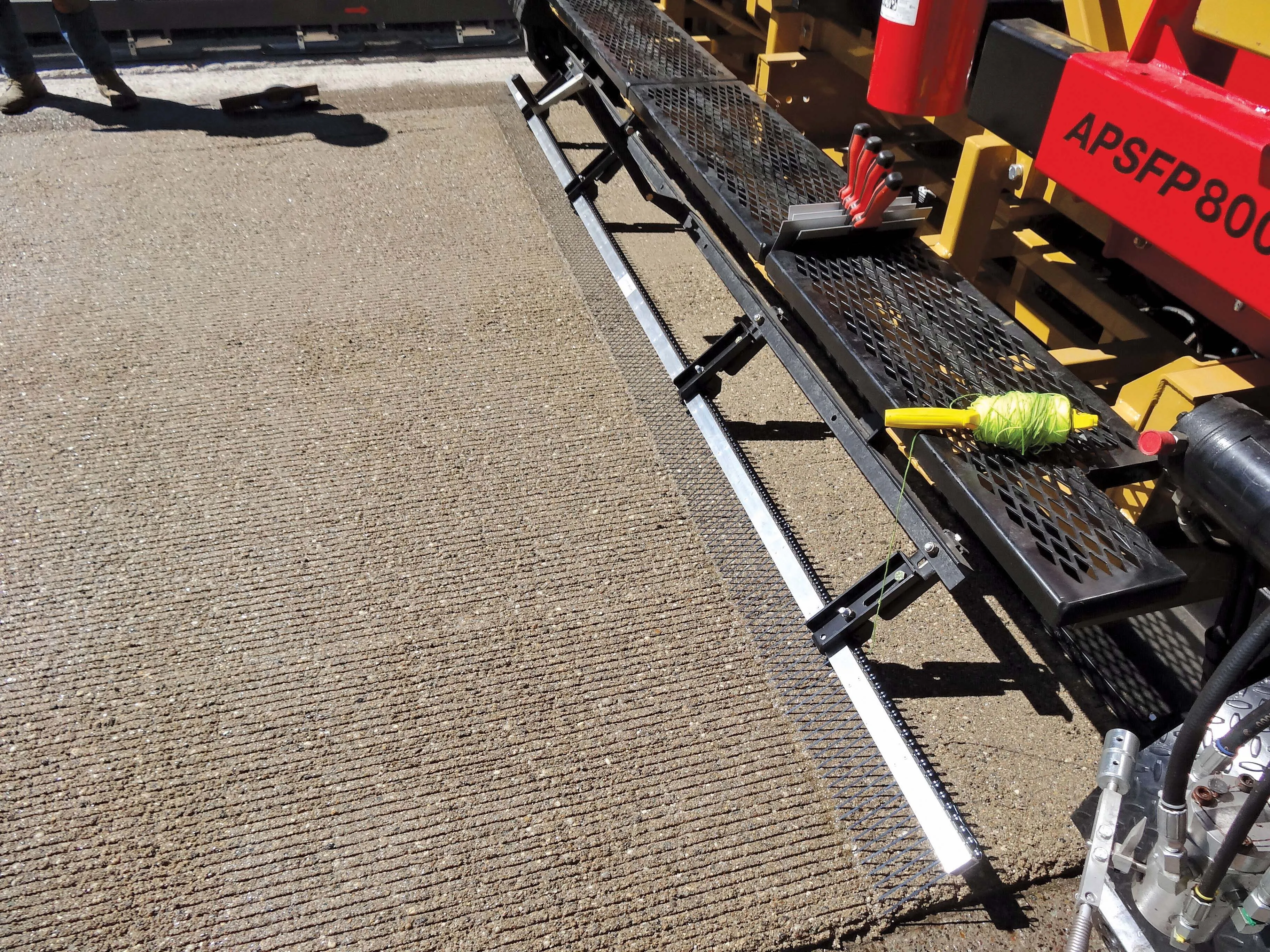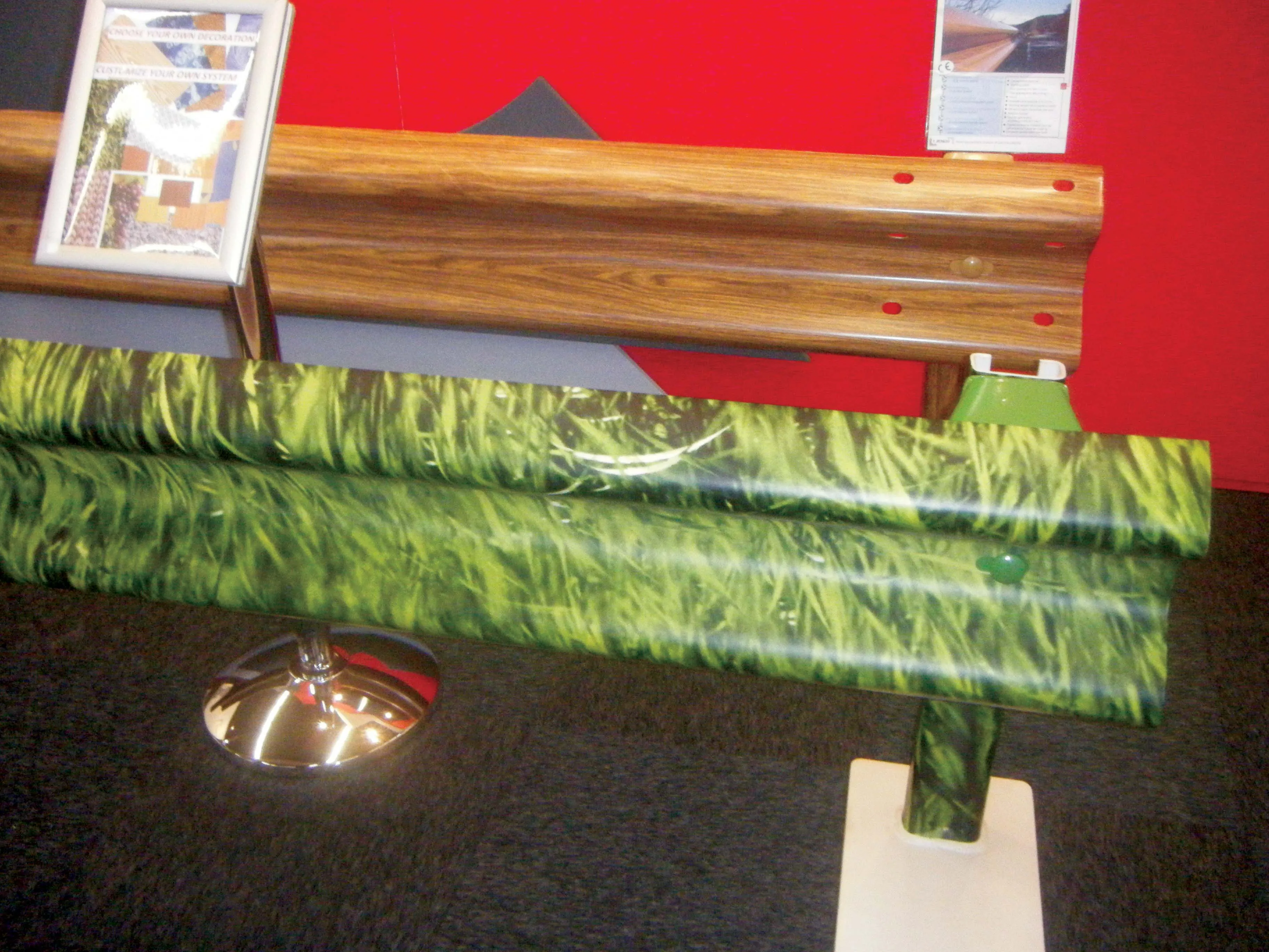
The panels are made from EVA, an elastomeric polymer that is soft to the touch and extremely flexible, akin to rubber. It is popularly known as an expanded rubber or foam rubber and is extremely resilient with good clarity and gloss and stress-crack resistance. Products using EVA include ski boots, bicycle saddles, wakeboards and water skis.
These properties make ETI’s glare panels suitable for mounting on crash barriers in the medians of divided highways, for example, explained Rich Choi, a director of ETI – Evolution in Traffic Innovation. The panels are spaced along the barrier to stop headlamp glare from oncoming vehicles blinding or annoying drivers.
“The panels have also been tested to withstand extremely high temperatures, such as 70°C for 200 hours. This makes them suitable for countries with extremely hot temperatures.”
The tapered panels stand around 650mm high, about 300mm wide and 70mm thick at the bottom where they can be quickly bolted onto the top of the barrier. Various bracket types are available for the different barrier types, such as concrete, w-beam and roller.
Importantly, the panels have wind holes to make them stable in high winds.









